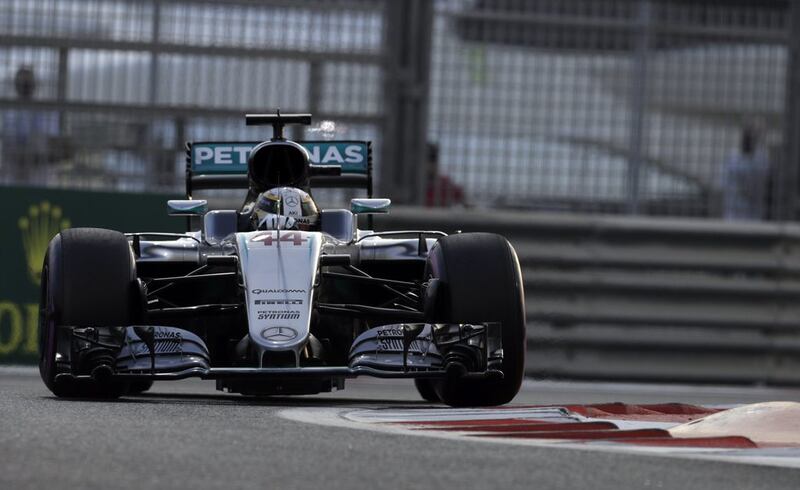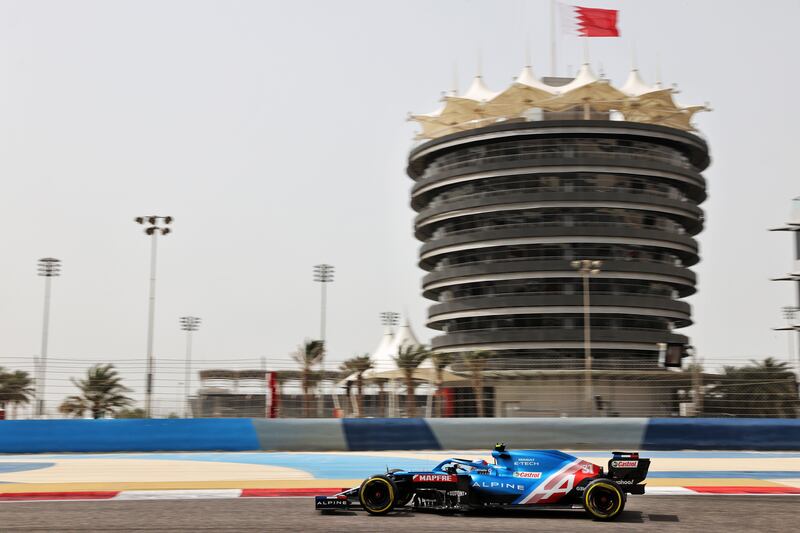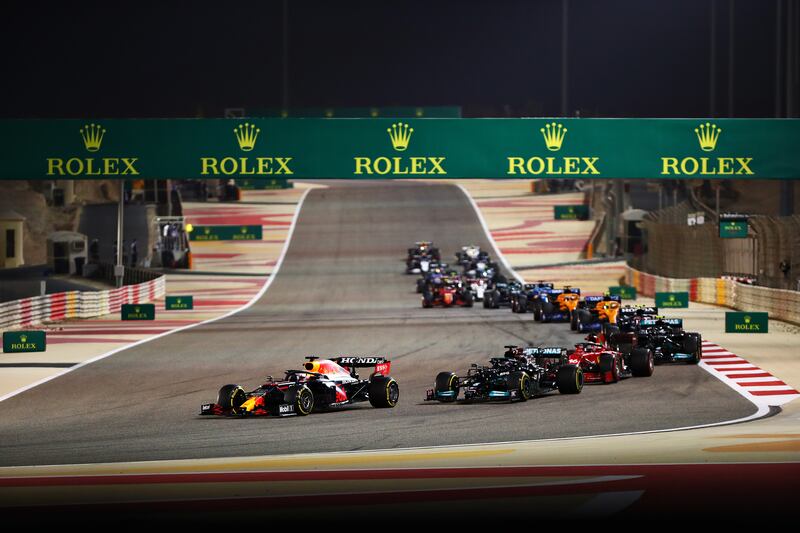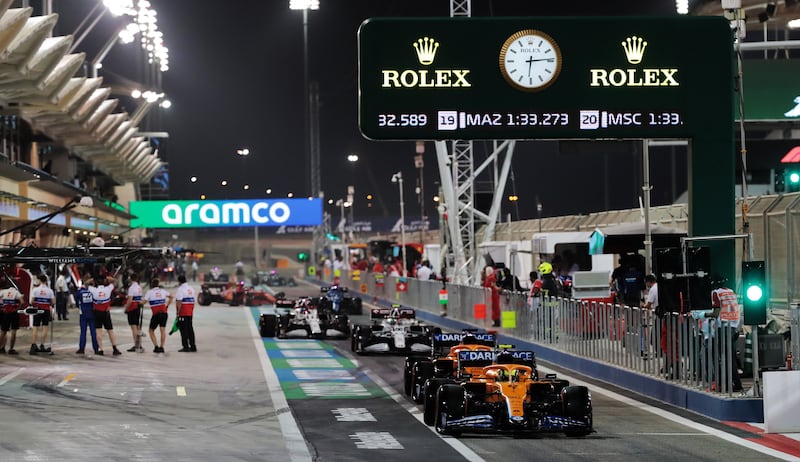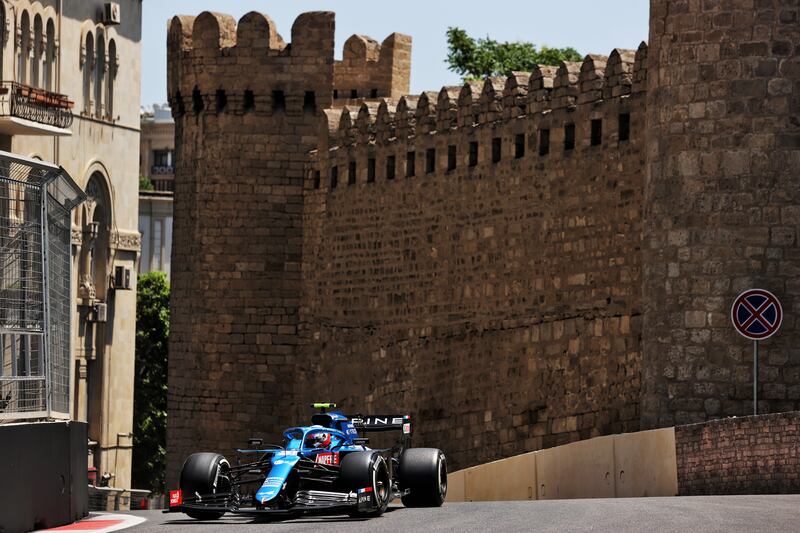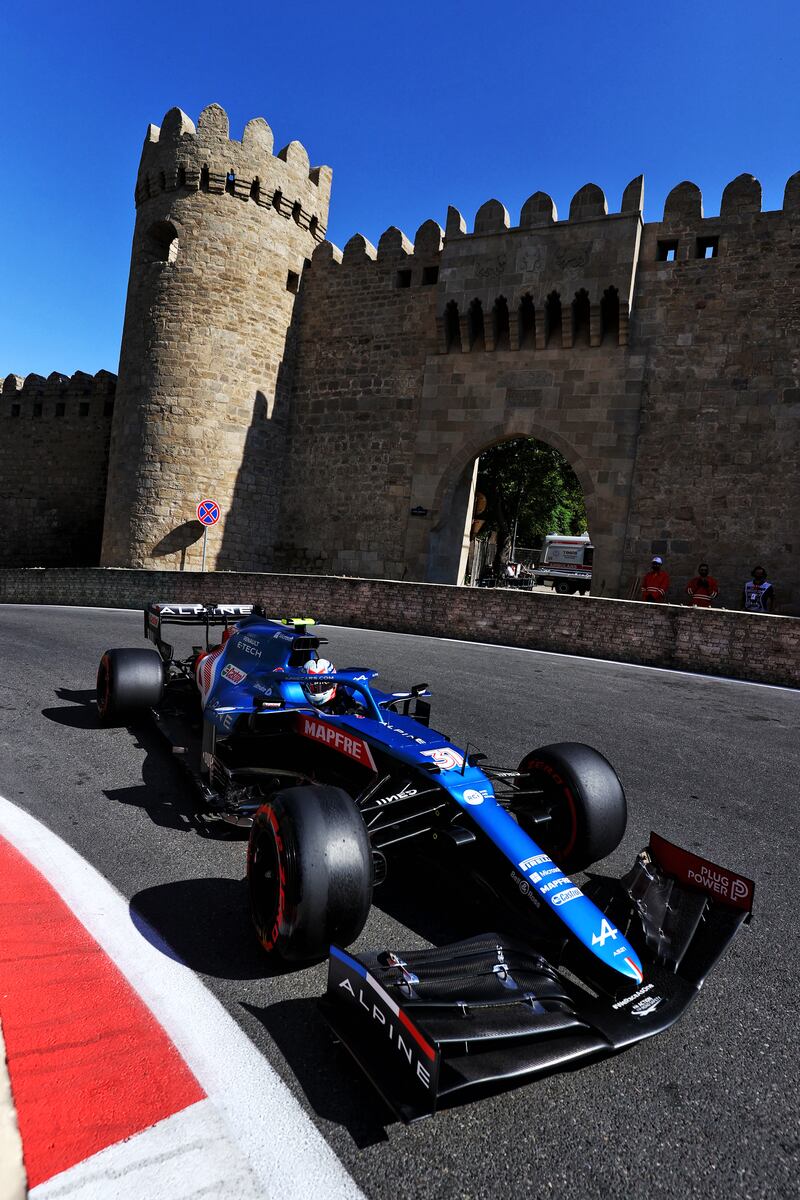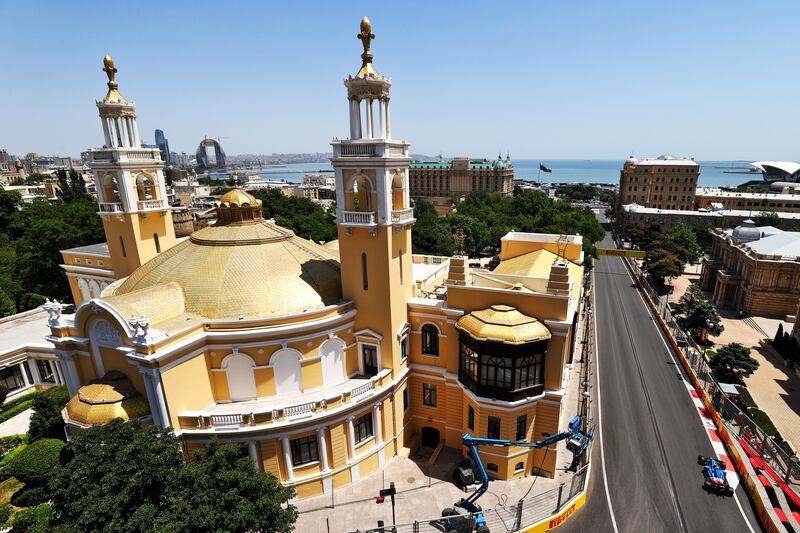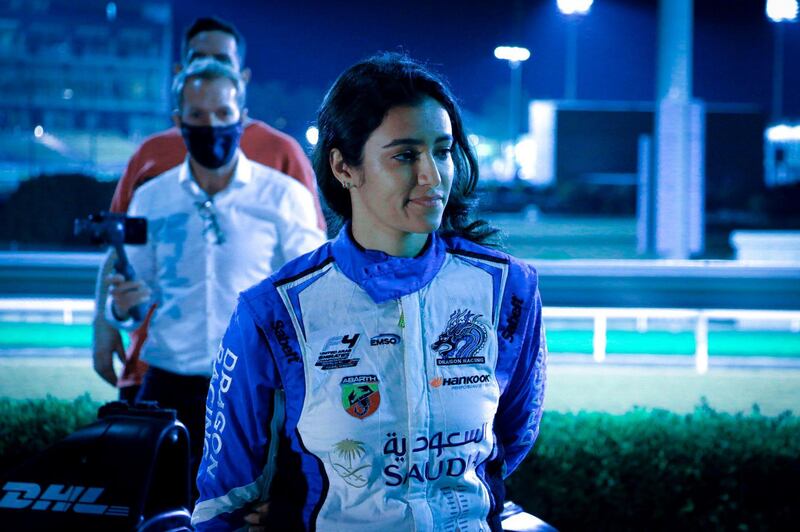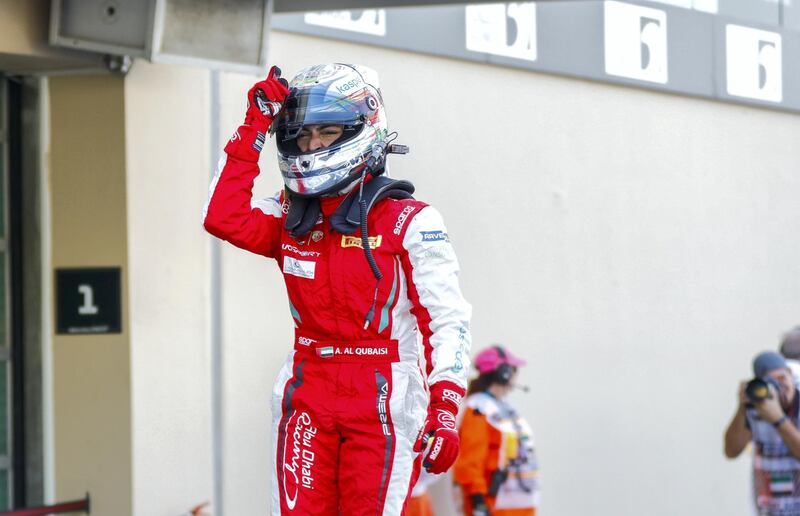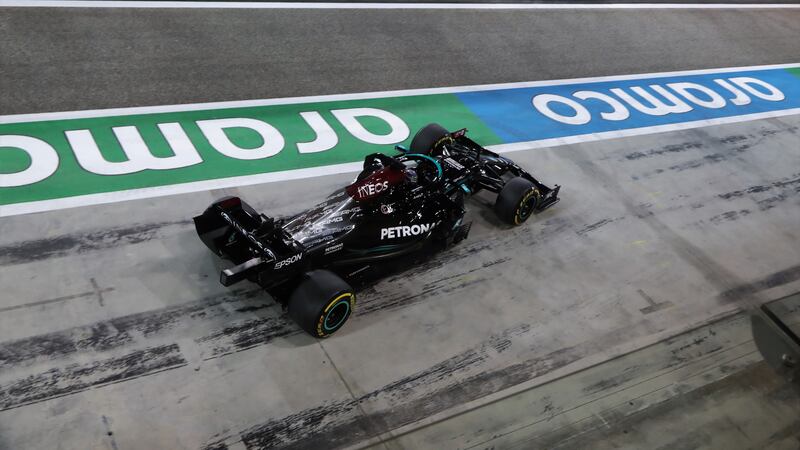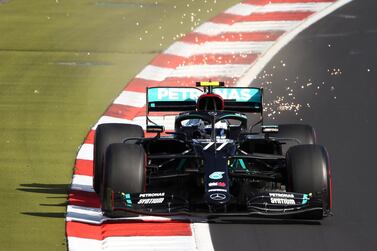The Covid-19 pandemic last year meant that Formula One and its about 1.9 billion TV viewers needed to find new ways and venues to keep one of the world’s most-watched sports alive – and it was then that the Middle East came to the fore.
The revised 2020 championship salvaged 17 of F1’s initial 21 races, with every race held either in Europe or the Mena region. With that came a wave of new fans, spurred on by the impending arrival of the first Saudi Arabia Grand Prix this December.
Speaking the language
With six potential races in the Mena region, comprising the three Grands Prix in Bahrain, Abu Dhabi and Jeddah, two in the wider catchment area of Azerbaijan and Turkey, and speculation of races in Egypt or Morocco, the region surpasses Asia and the Americas as the second biggest behind Europe’s eight races held last year.
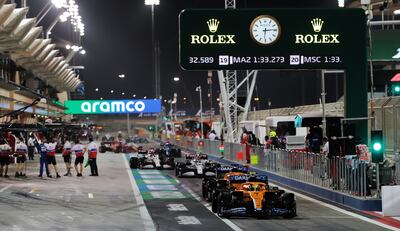
“We need as many touchpoints as possible to entice fans and one way we plan to enhance this is with the introduction of Arabic text across our media platforms,” says F1’s global director of media rights Ian Holmes.
“Even though the region varies enormously, [as] part of our engagement, we need to push more Arabic content … whether that be through TV graphics or across online and social portals.”
Catching them young
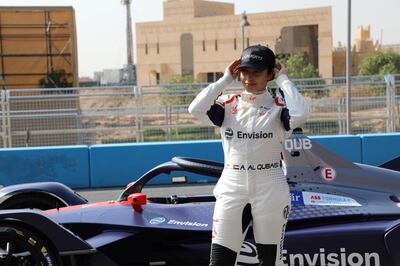
Holmes says the Mena region has one of F1's youngest demographics and is a prime market to nurture the next generation of fans – those who embrace online and social media platforms to support the traditional outlet of TV.
The F1 management states that F1 was the world’s second fastest-growing sport across Facebook, Twitter, Instagram and YouTube last year, rising 36 per cent with the inclusion of TikTok, Snapchat and Twitch, while video views jumped 47 per cent to 4.9 billion.
“While the international TV feed will always remain our core product and the move in 2019 to MBC Action has been perfect to place the sport in front of non-core fans, the region also has a very young demographic who engage through mobile devices,” says Holmes.
Enhancing output
Outperforming other major sports in the digital arena, including La Liga, the PGA tour and the Premier League, US sports, such as the NBA, are being monitored by F1 with regards to their online and social media strategies.
“The NFL and the NBA are terrific examples of always pushing the envelope for what they license to their media partners and what they push themselves,” says Holmes.
“While the NBA has over 1,000 games a year, our advantage is the depth of coverage we offer with data analysis and timing information. This is relevant for the avid fan, but also entertains the casual viewer.”
Given the technical nature of motor racing, Holmes says the use of graphics to explain technical details has been key to winning new fans, which will expand with his plans to localise content for the TV package.
“We spend a lot of time thinking about graphics because you don't want to oversimplify something for the avid enthusiast, yet we're also focused on engaging with new fans who appreciate the extra information.
“We're working on Arabic graphics for the feed that goes out to MBC Action and is something we'd like to introduce this year or early next year."
Building bases
As recently as four years ago, F1 didn’t have a digital media department, yet its YouTube channel now has 5.76 million subscribers, while the highlights from the recent Austrian Grand Prix gained 4.2 million YouTube views in two days.
“With online and social media, the Mena region has enormous potential because it's an incredibly important market, being so young. Our Middle East TV coverage goes to 200 million households, which shows the audience base we can build from.”
The aim isn’t to cannibalise TV viewership, which the F1 management says increased by its highest margin since 2012 of 9 per cent in 2019, but to discover how platforms can deliver incremental audiences with experiences that connect fans as they switch between platforms.
Of that 9 per cent rise, Mena was the second-largest growth market for F1, the organistaion recorded a 228 per cent rise following its switch to MBC Action and was significantly above the 56 per cent increase in the Netherlands that was spurred on by home-town star Max Verstappen.
Driving ambition
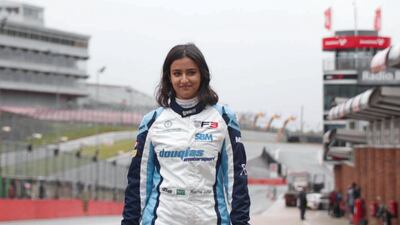
F1’s popularity in the Middle East is also starting to pay dividends on the track with young drivers emerging on the European open-wheel racing scene.
Abu Dhabi’s Al Qubaisi sisters Amna and Hamda are competing in European F3 and F4 championships respectively, while Saudi Arabia’s Reema Al Juffali is racing in the British F3 championship, all of which are critical stepping stones to F1.
“It’s important that we build on this momentum from the younger Middle Eastern fans and drivers because we've never raced in Saudi Arabia before, but we can see that the region is attracting more interest every month,” says Holmes.
He likens the Mena region to Europe, “in that it's important not to think of it as one place. Each race has a different atmosphere, so it’s like a microcosm of the world championship where we have some events on the streets like Jeddah, some on big, old venues like Baku and some on super-new circuits like Abu Dhabi.
“With races during the day, at night and in the twilight, you also instantly know the difference between Bahrain, Abu Dhabi, Baku and Jeddah as they all have unique characteristics.”
The inaugural Saudi Arabia Grand Prix will be held from December 3 to 5, with the Abu Dhabi Grand Prix closing the season on December 12
